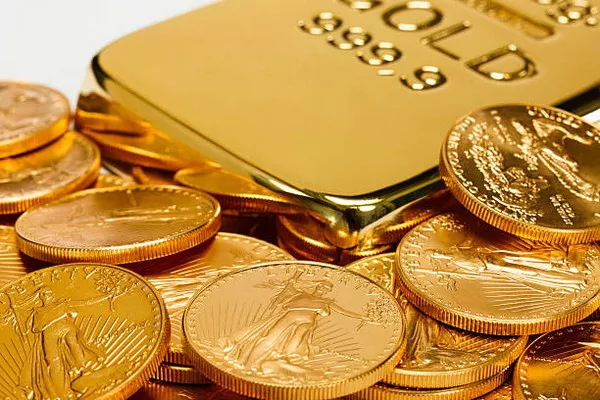On Friday, gold maintained its position despite the influence of a stronger U.S. dollar and rising bond yields. Investors were closely analyzing decisions made by major central banks to keep interest rates unchanged, interpreting this as a sign of potential global economic challenges.
Here are the key points:
Spot gold was up 0.3% at $1,925.40 per ounce, rebounding from its largest daily drop since September 5th, which occurred on Thursday.
U.S. gold futures also rose 0.4% to $1,946.90 per ounce.
Central banks of major economies have indicated their intention to maintain interest rates at elevated levels to combat inflation, even as global policy tightening reaches a peak after two years.
Investors are interpreting this stance as a sign that central banks are concerned about a potential slowdown in global economic growth.
The U.S. dollar remained near a six-month high due to expectations of higher interest rates in the United States.
Benchmark 10-year Treasury yields reached a 16-year high.
Global equities were on track for their worst week in a month.
Traditionally, investors turn to gold as a hedge against economic uncertainty, but the prospect of higher interest rates tends to dampen enthusiasm for non-interest-bearing assets like gold.
Market expectations include a 45% chance of another rate hike by the U.S. Federal Reserve before the end of next year. Additionally, there is approximately a 42% chance of some easing in the first half of 2024, according to the CME FedWatch tool.
Investors are also monitoring the Bank of Japan’s decision to maintain ultra-low rates while awaiting key purchasing managers’ index (PMI) data from the UK, the U.S., and the eurozone later in the day.
Silver rose 1.4% to $23.70 per ounce, heading for its best week in four.
Platinum added 1.1% to $929.07, and palladium increased 1.1% to $1,277.03.
Gold’s resilience in the face of these factors reflects its status as a haven asset in times of economic uncertainty, even amid rising rates and a stronger dollar.


